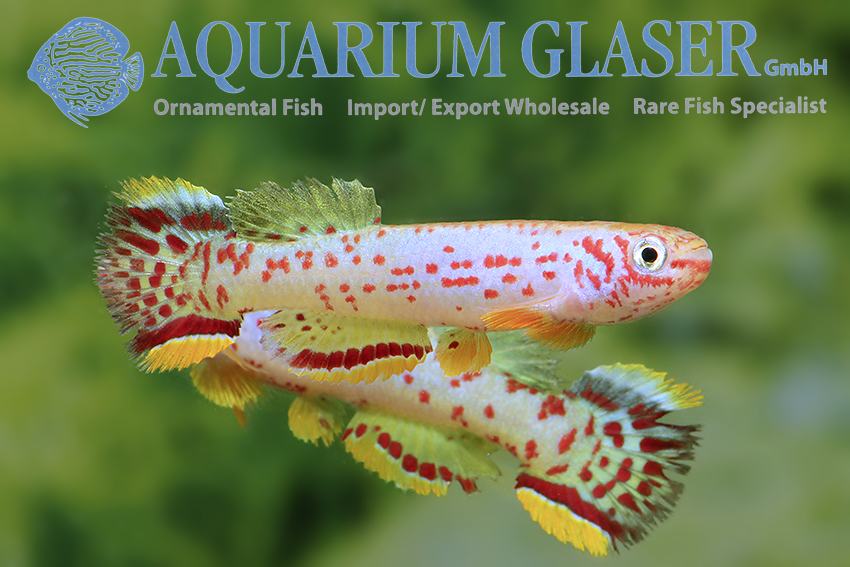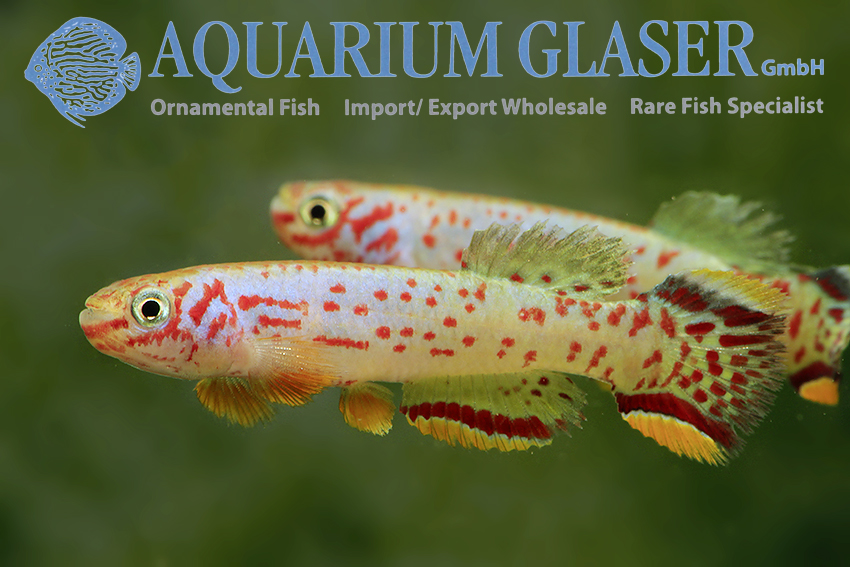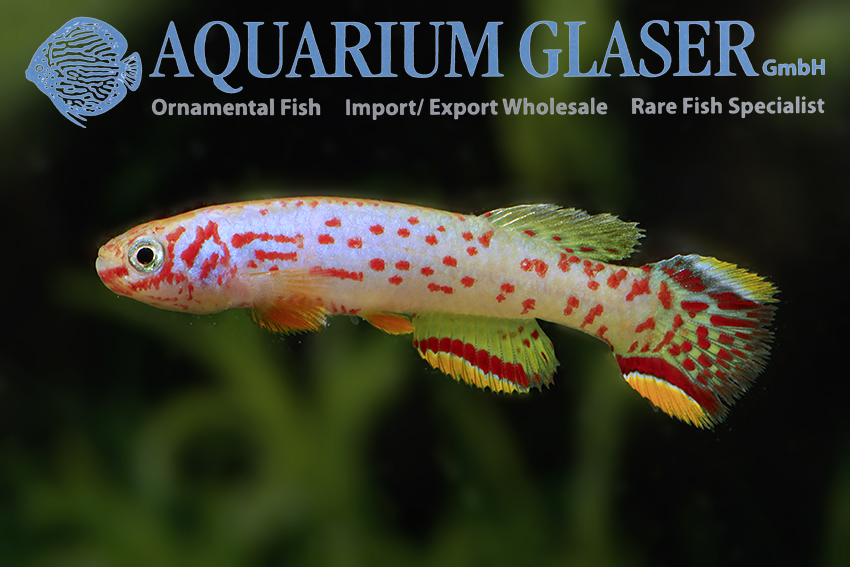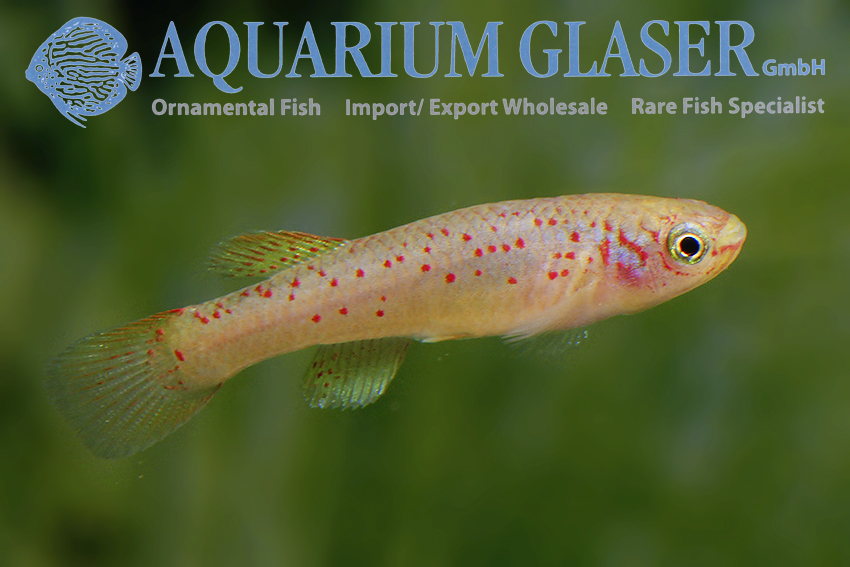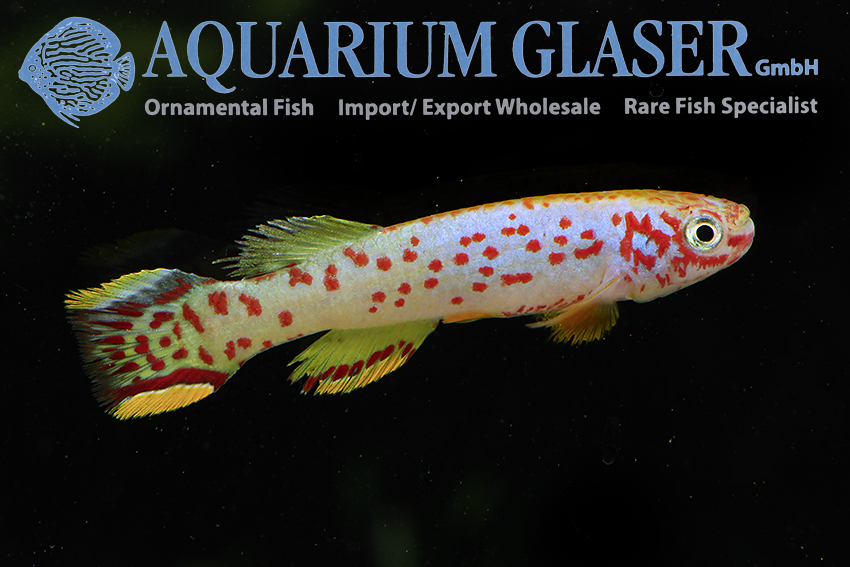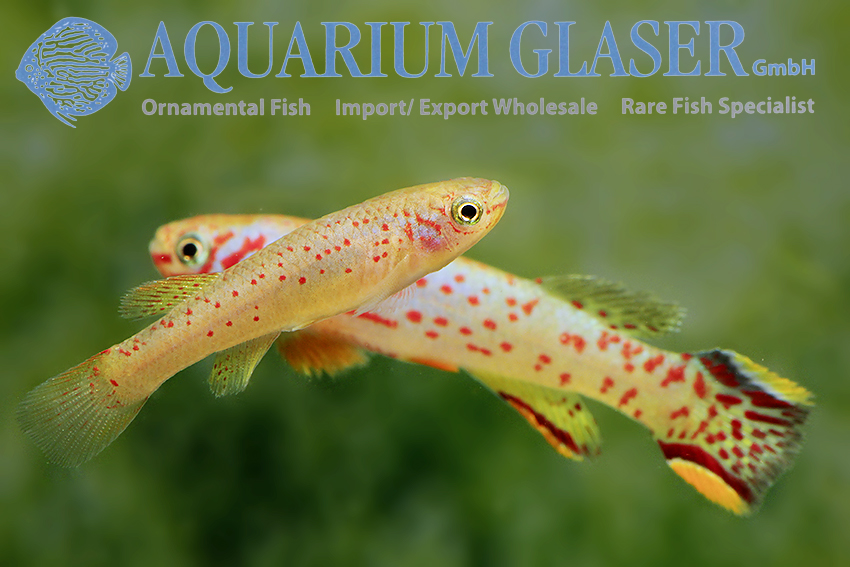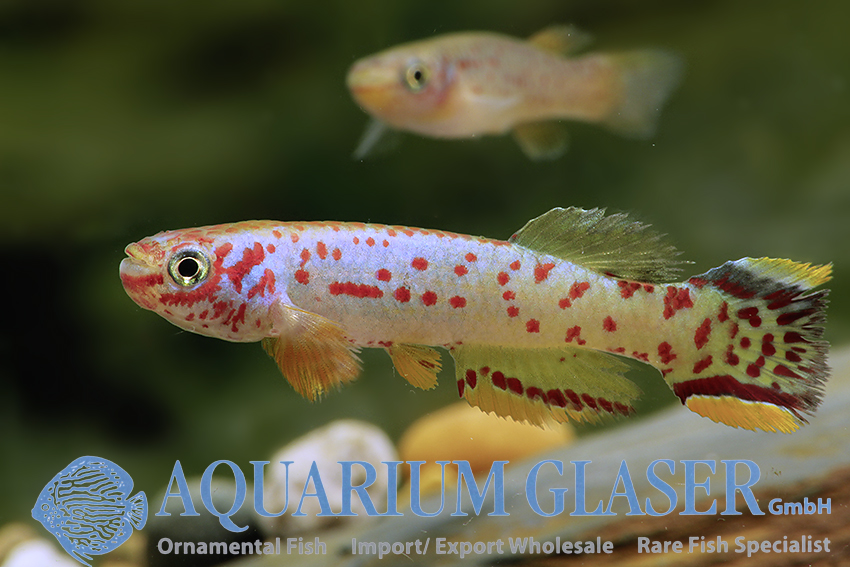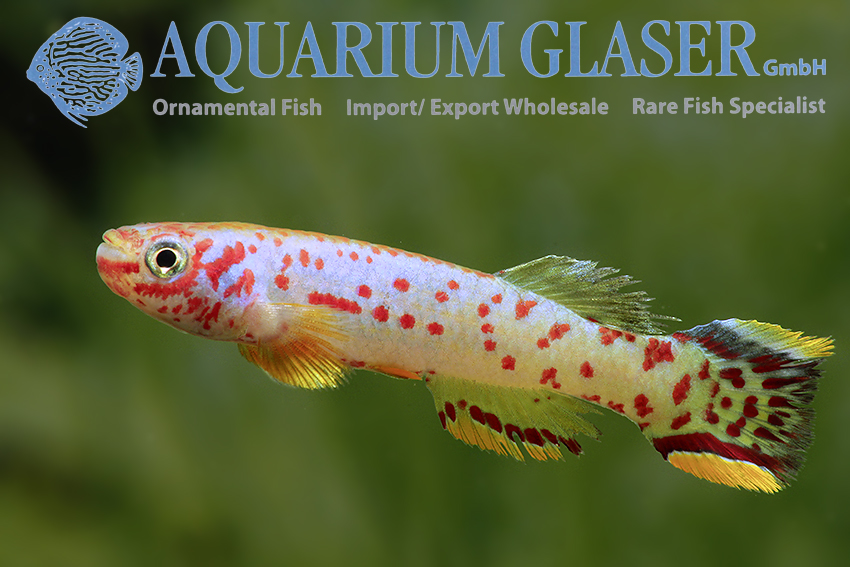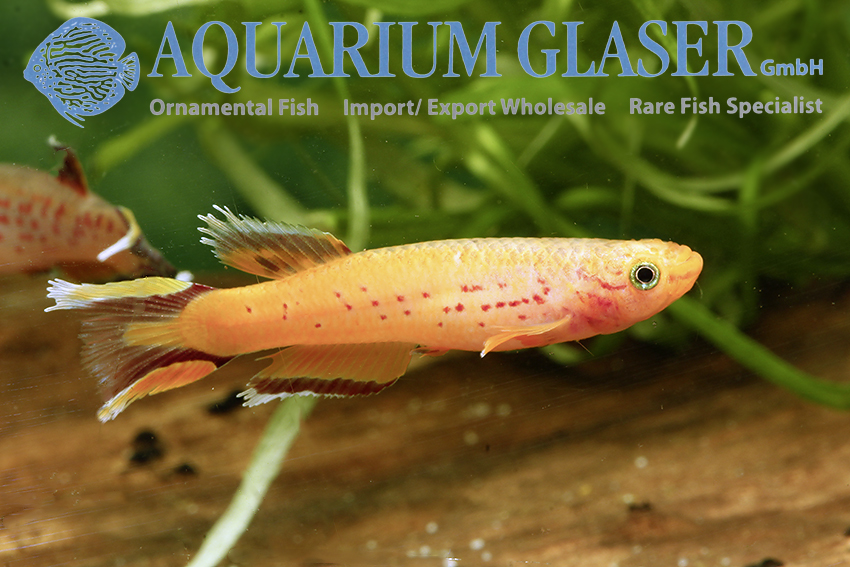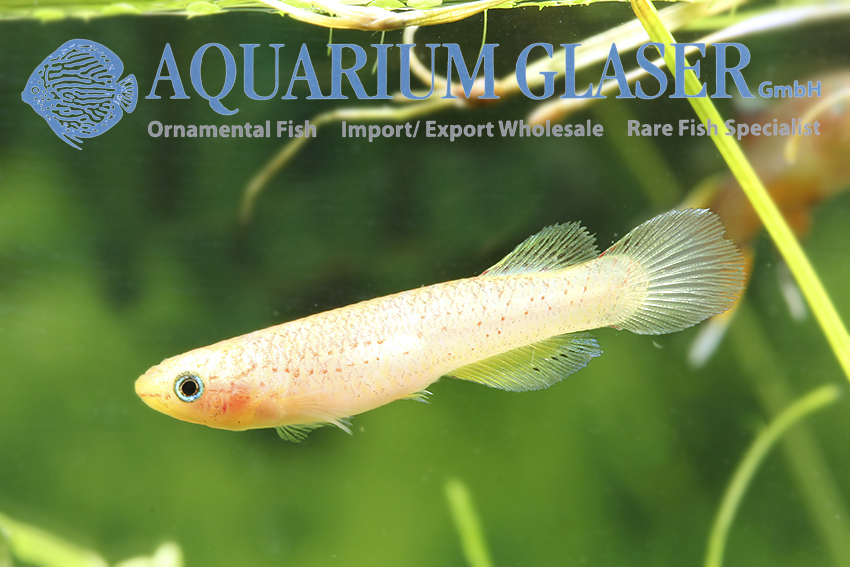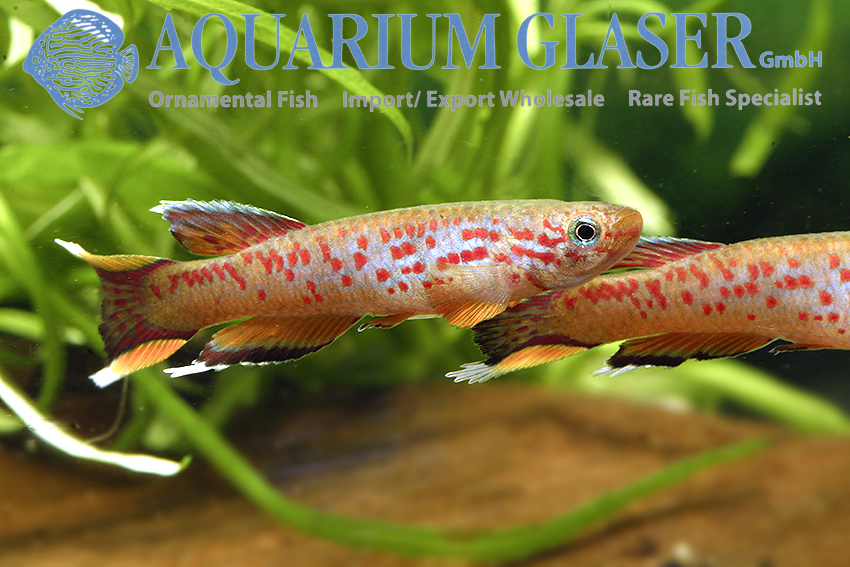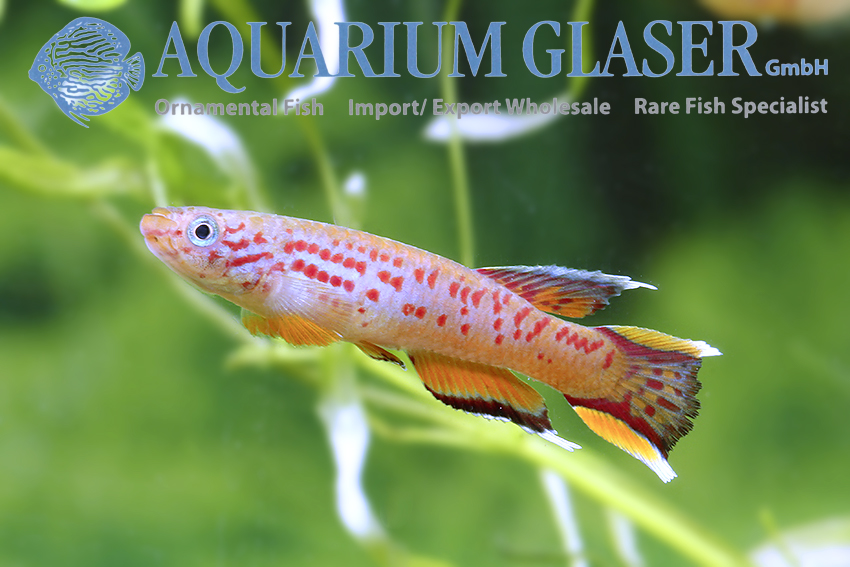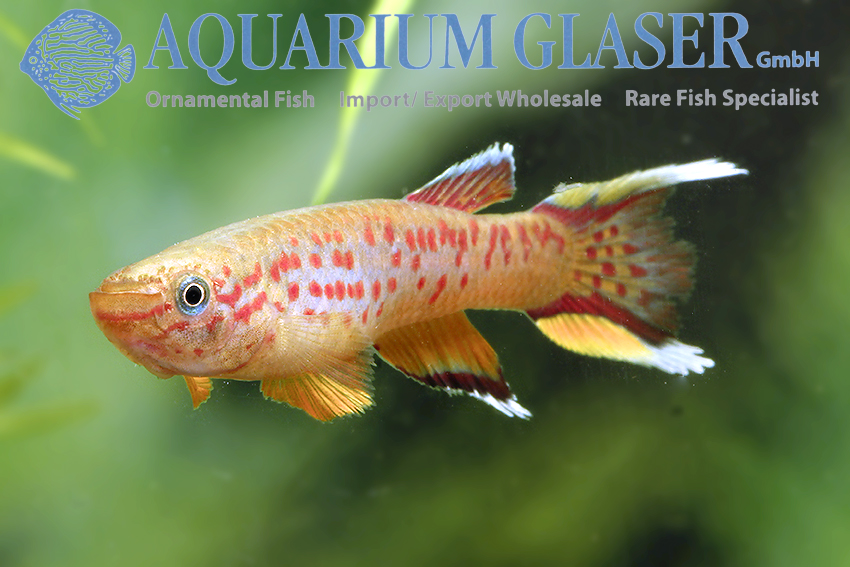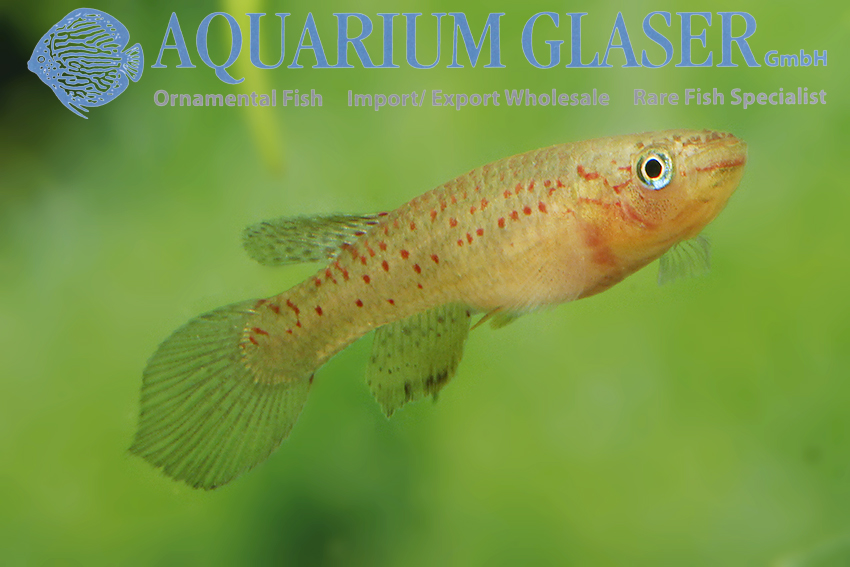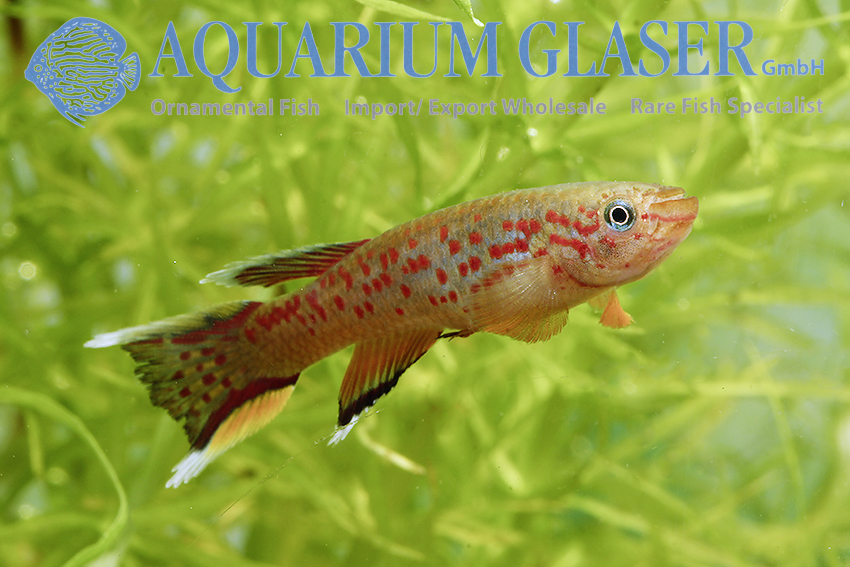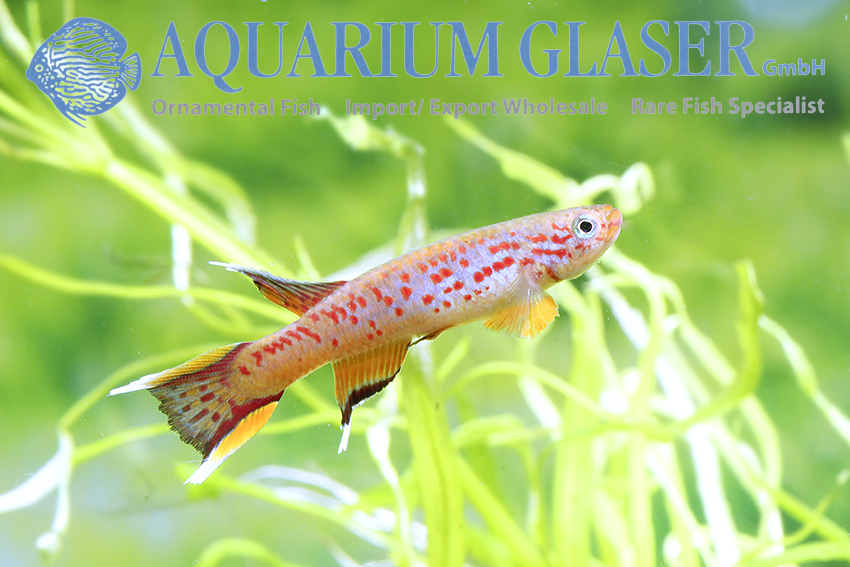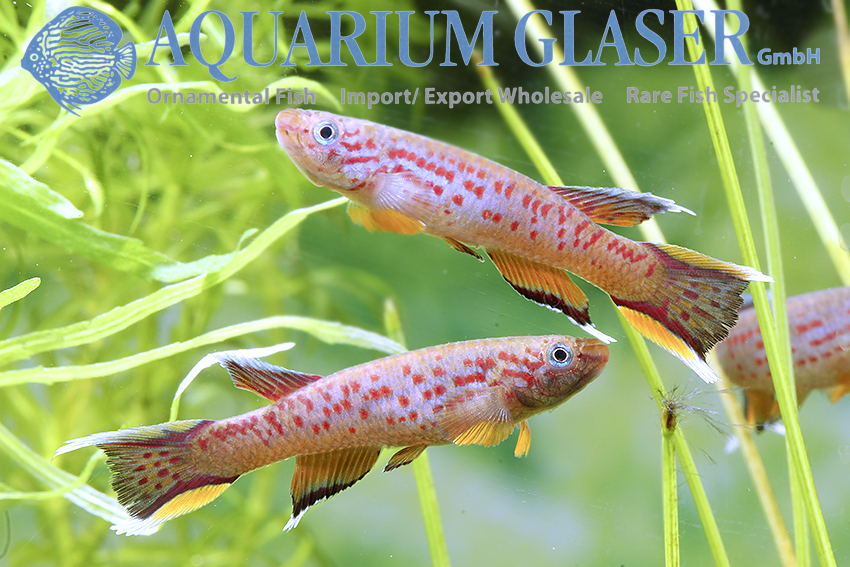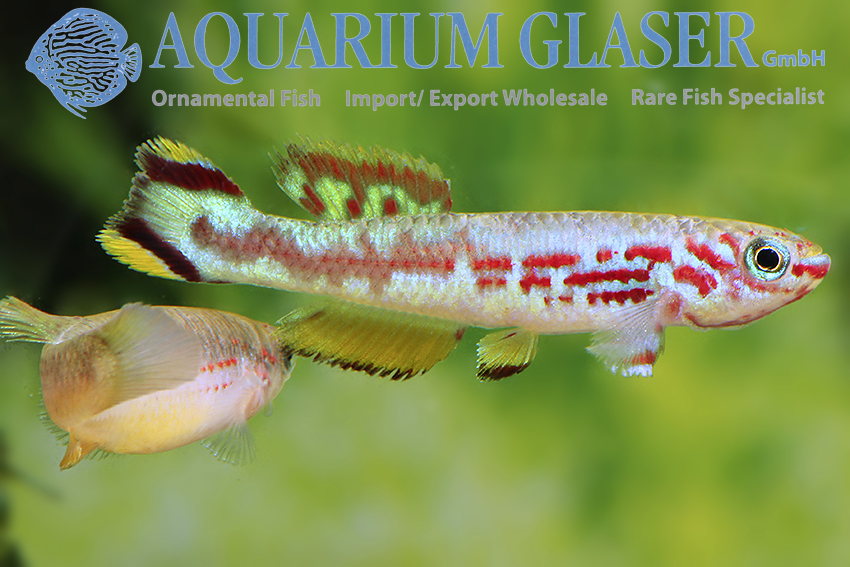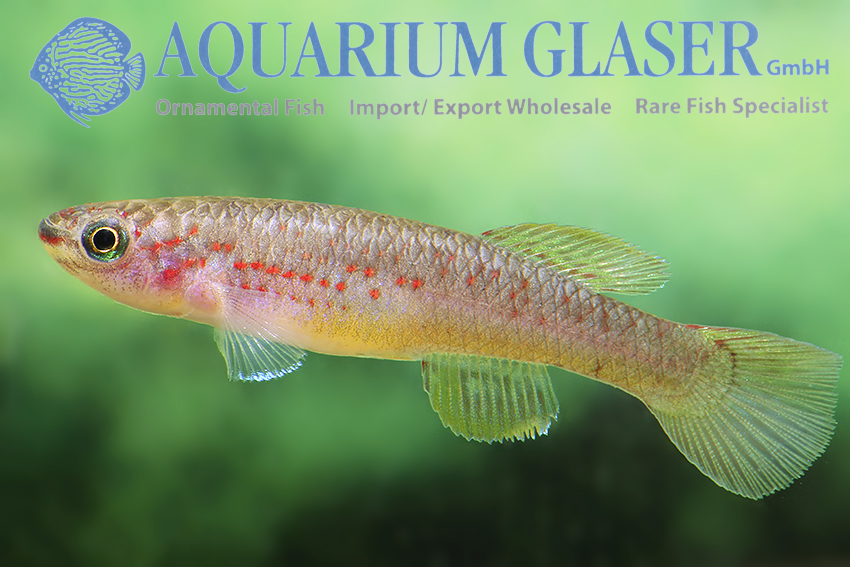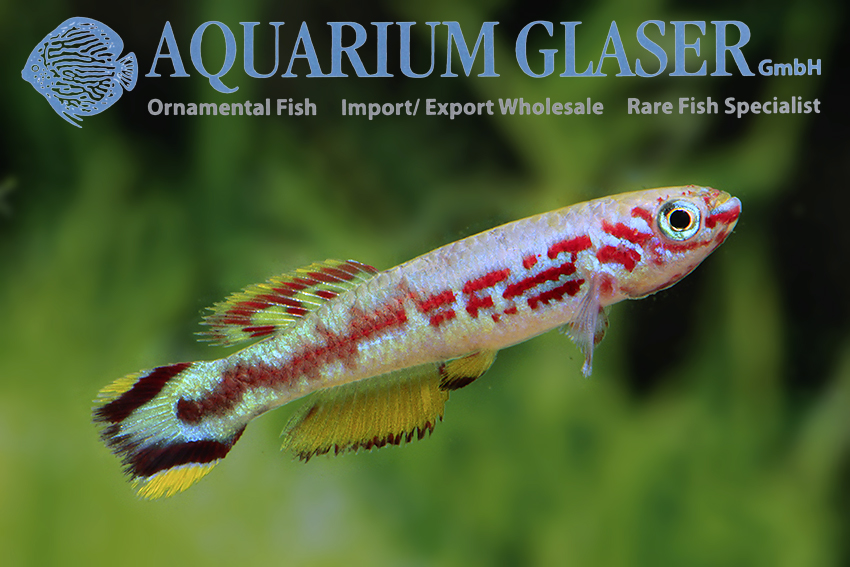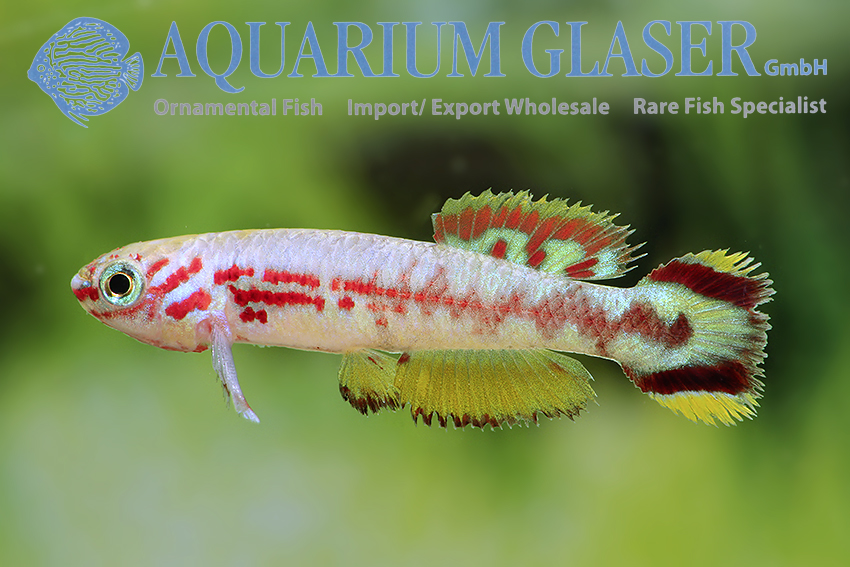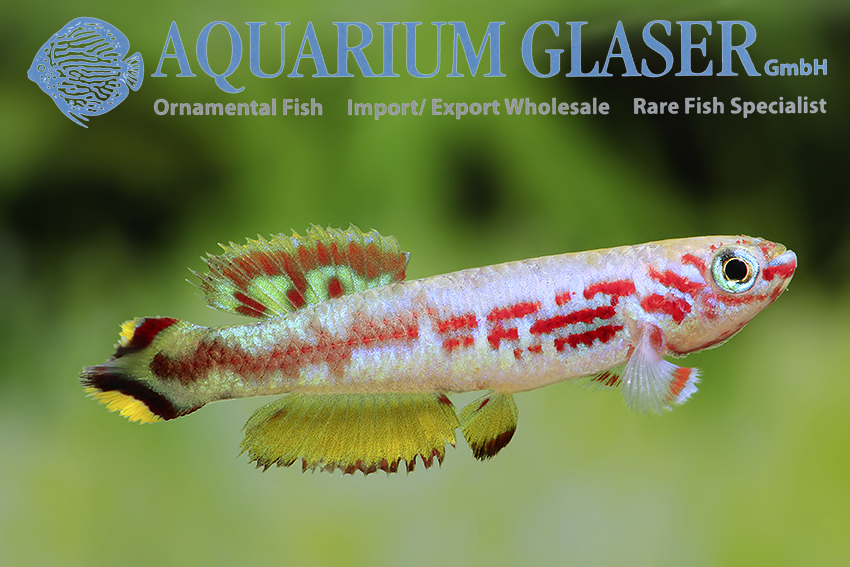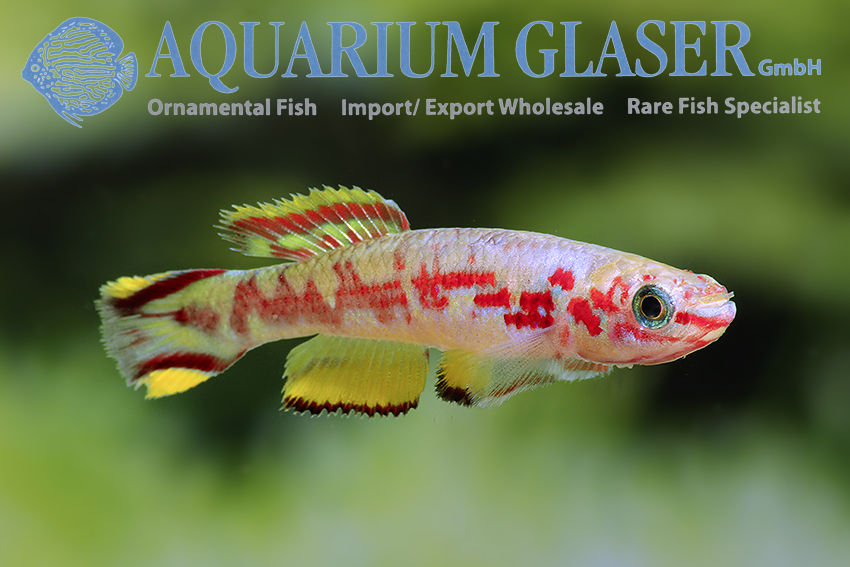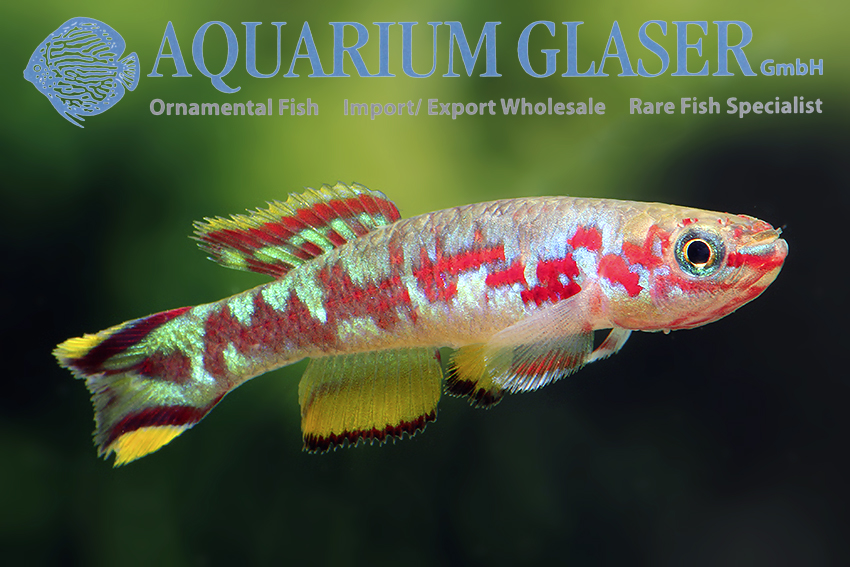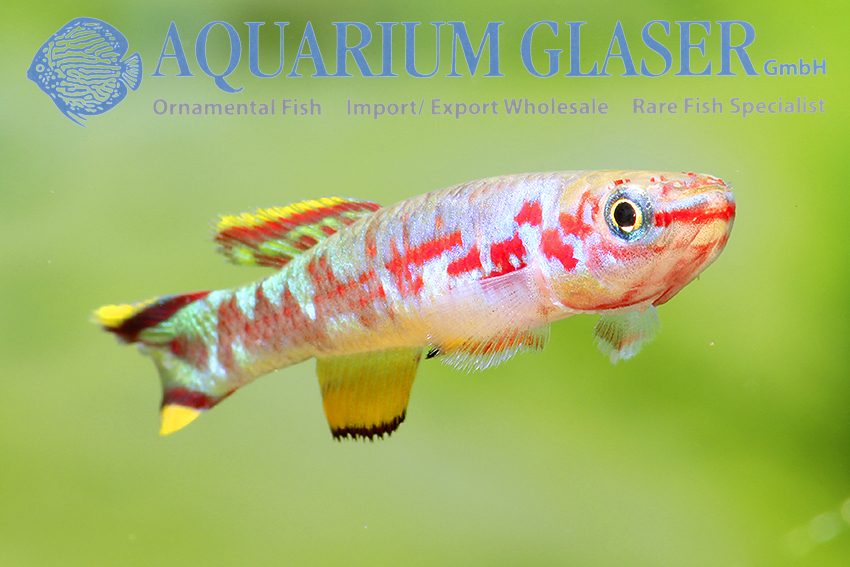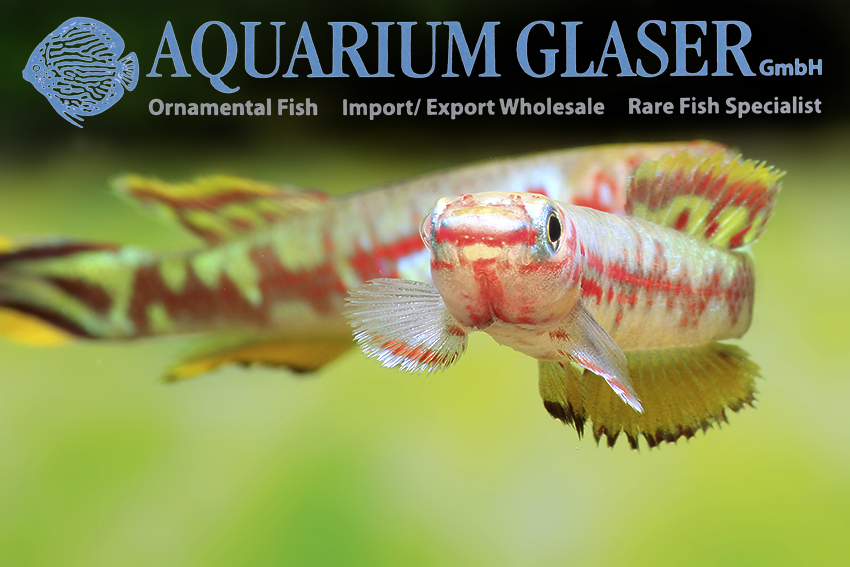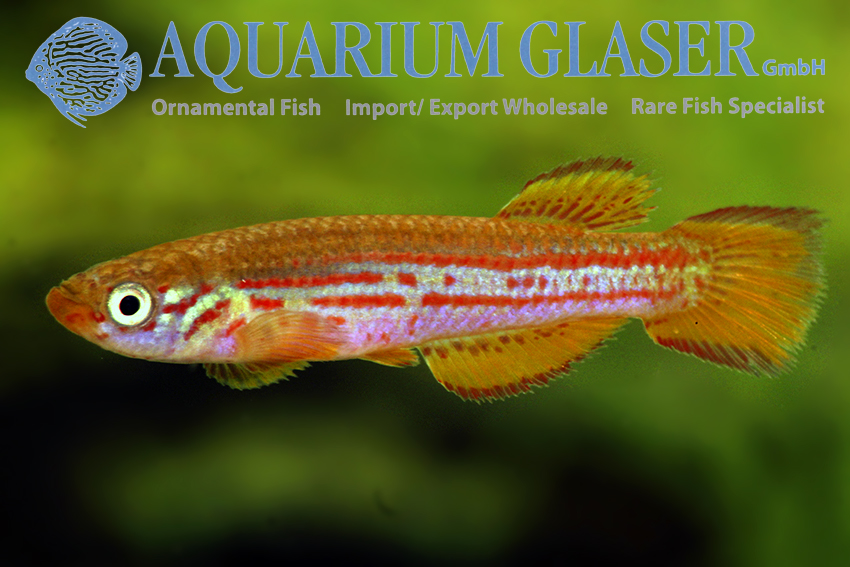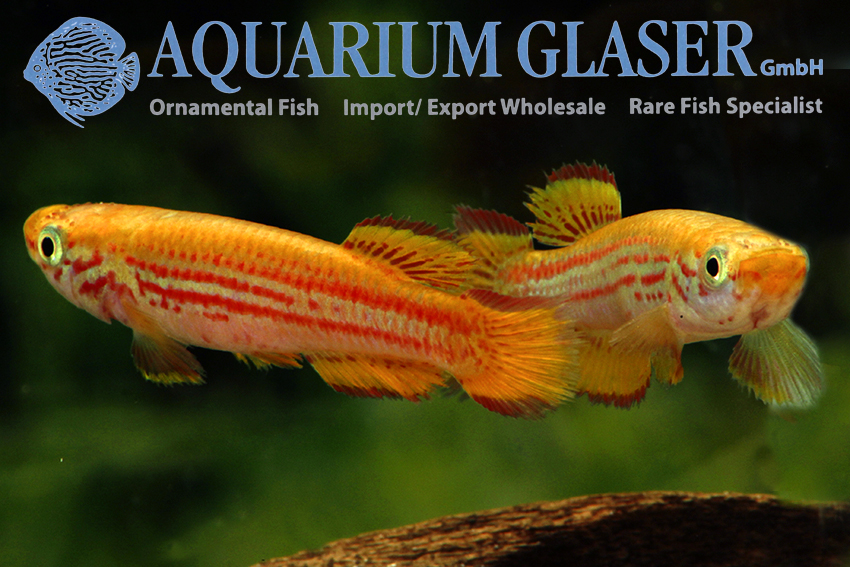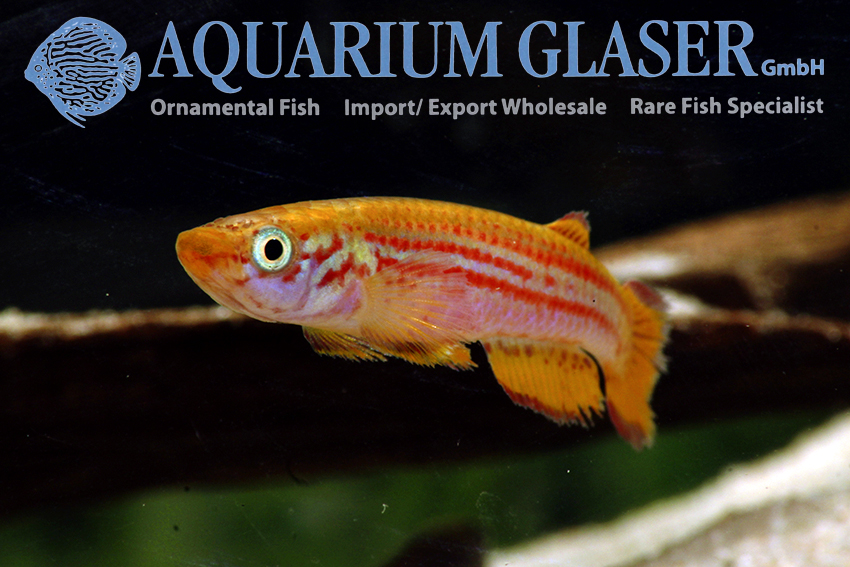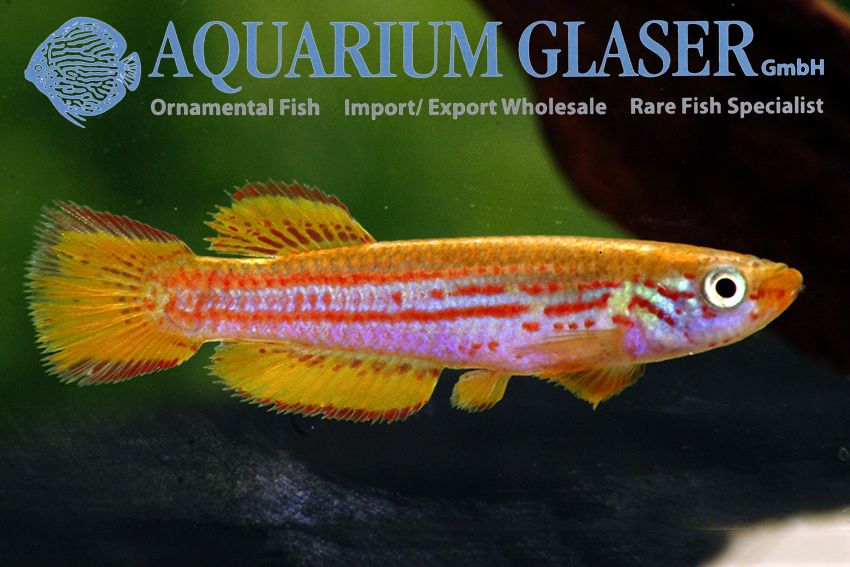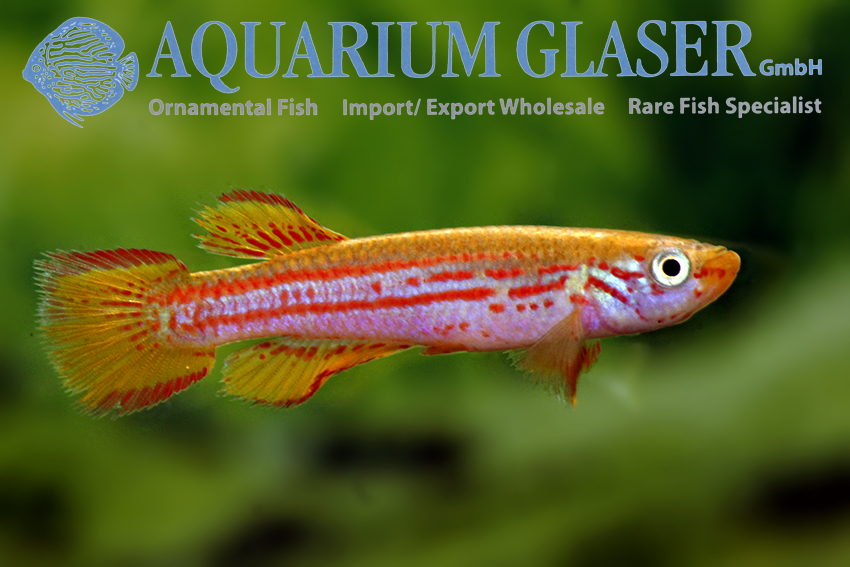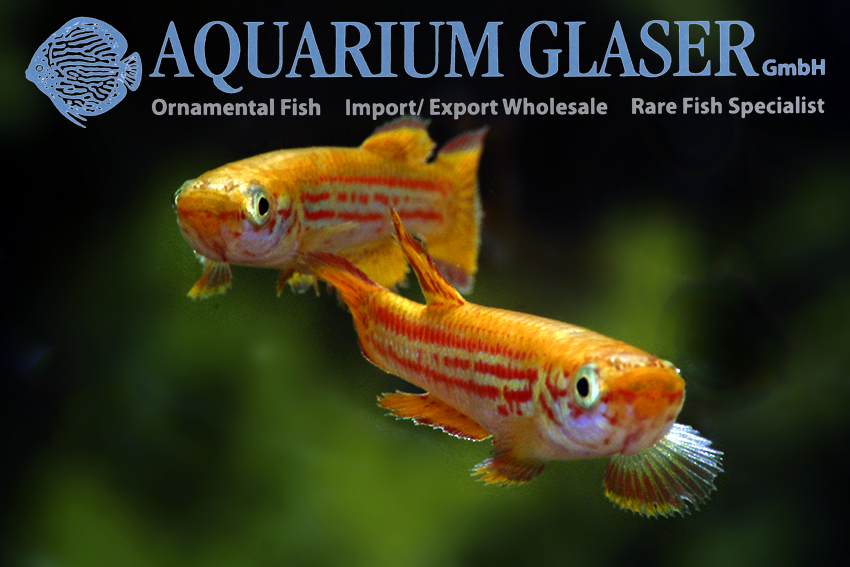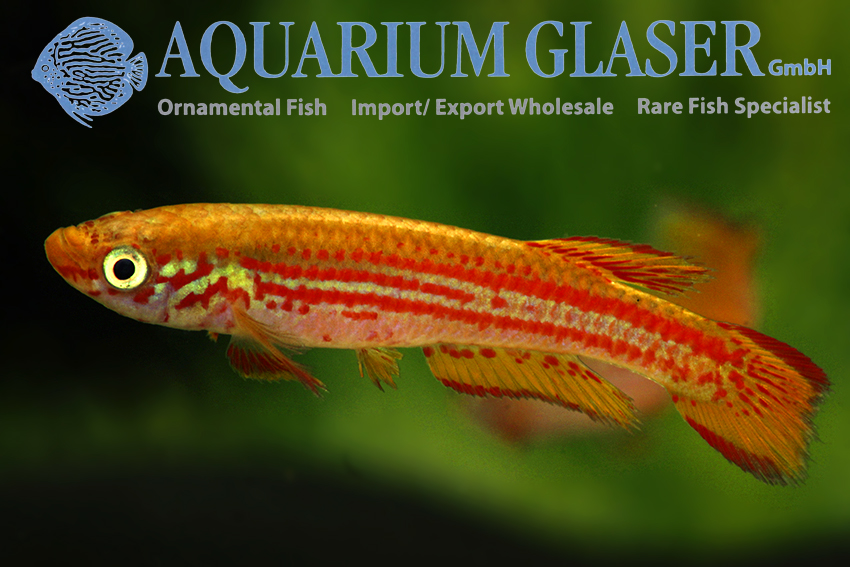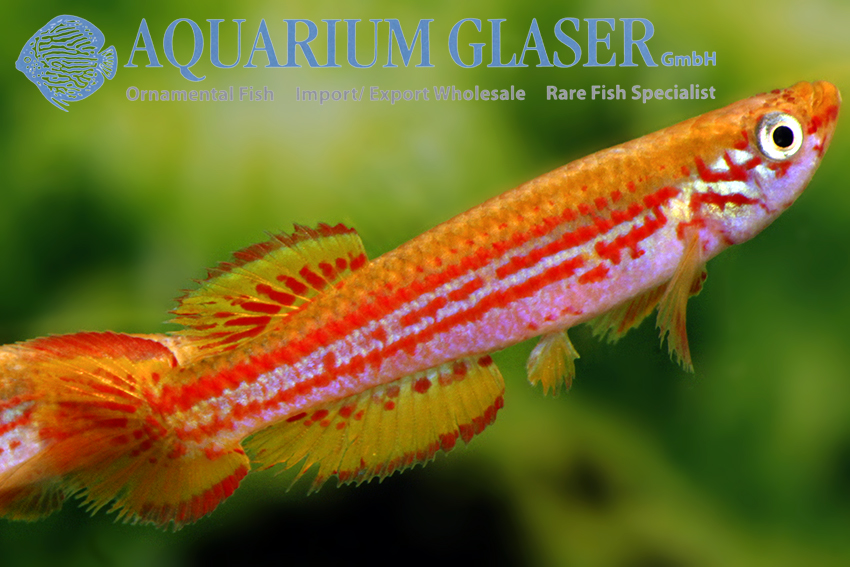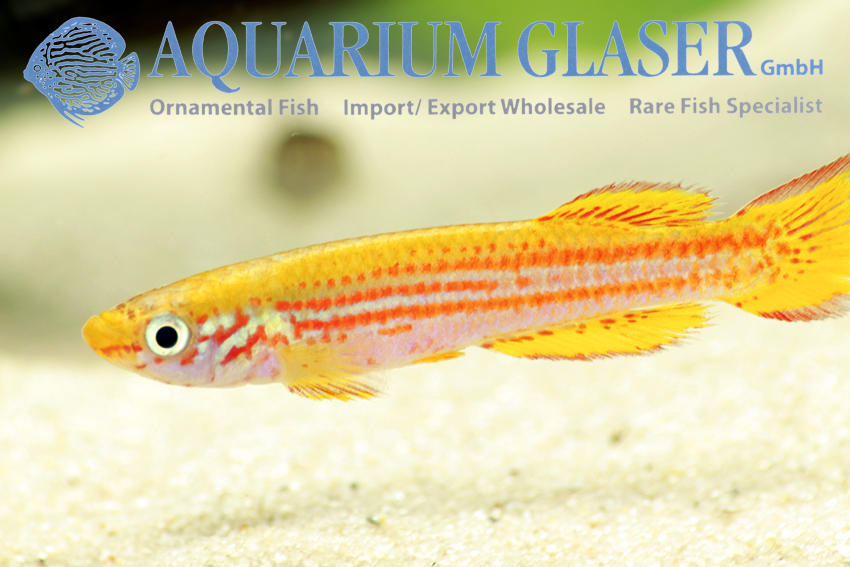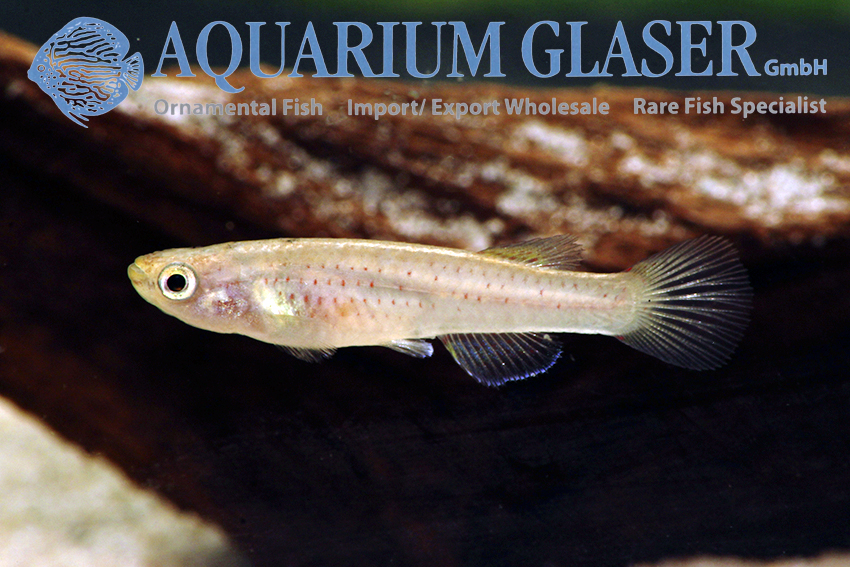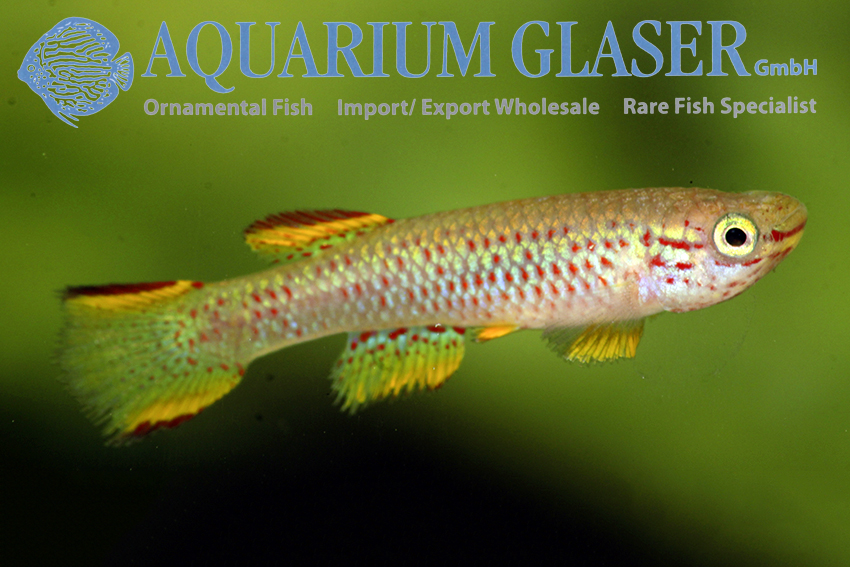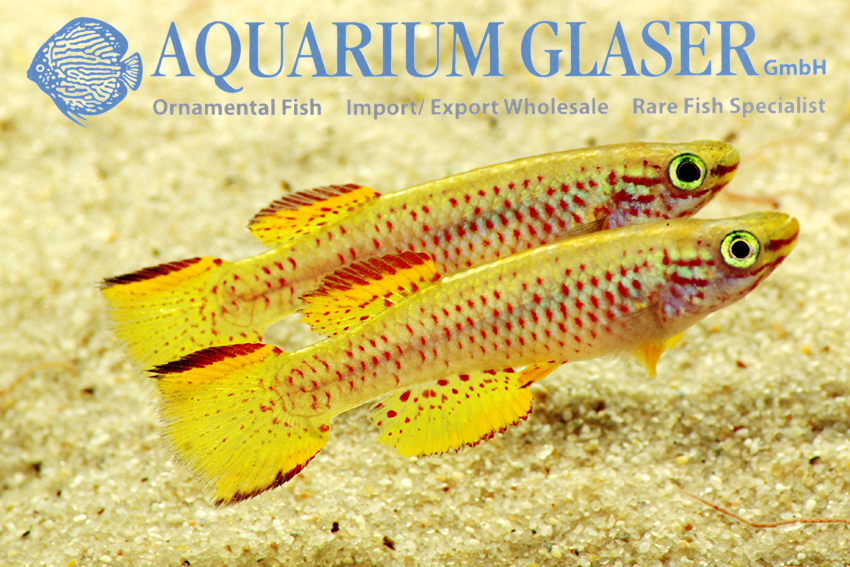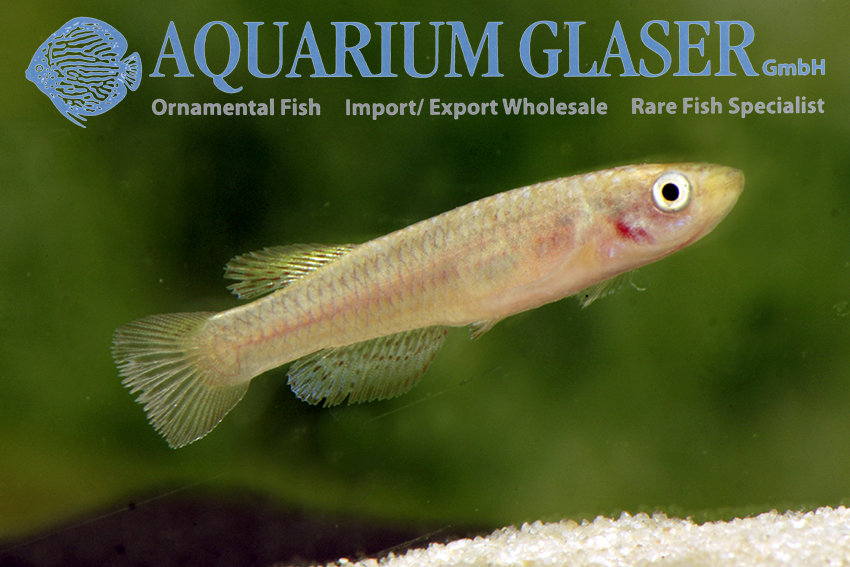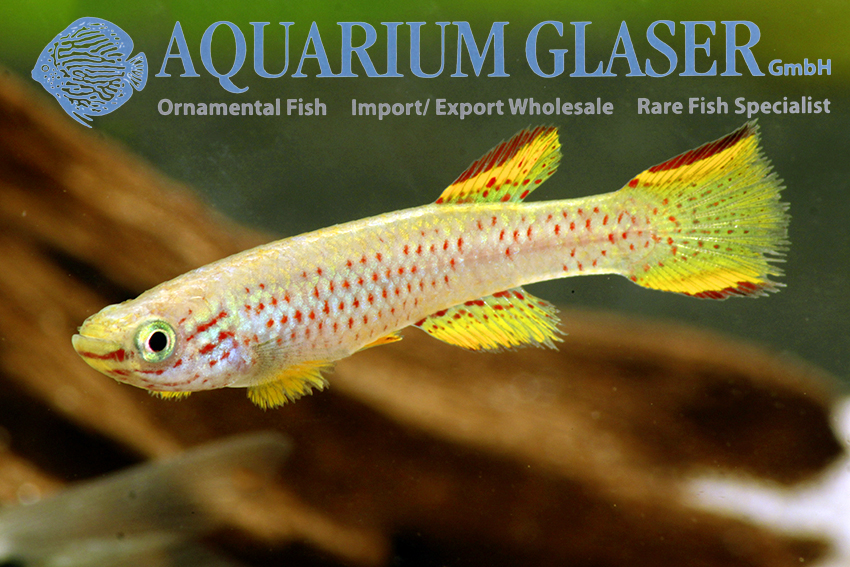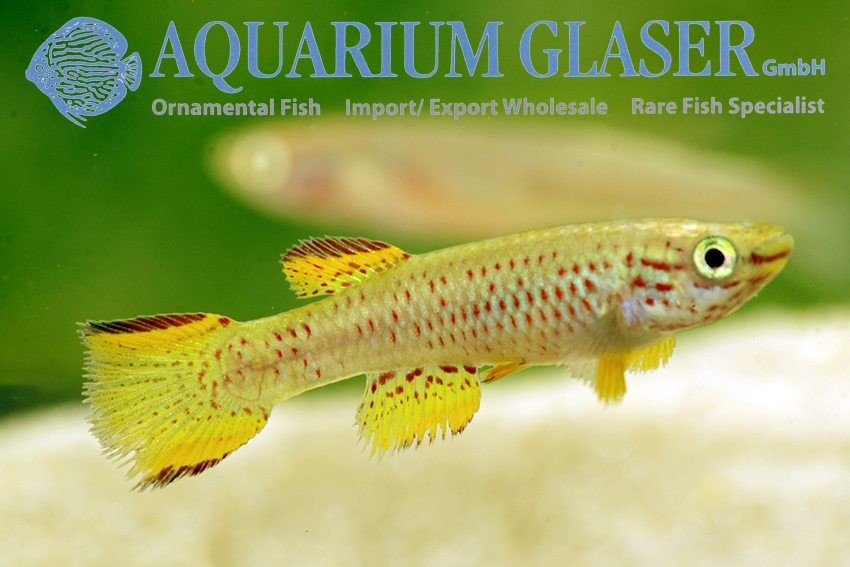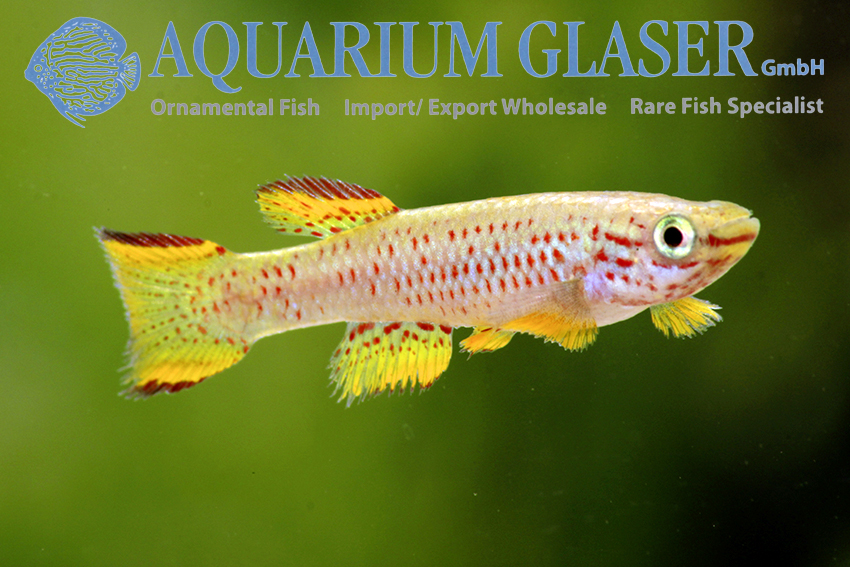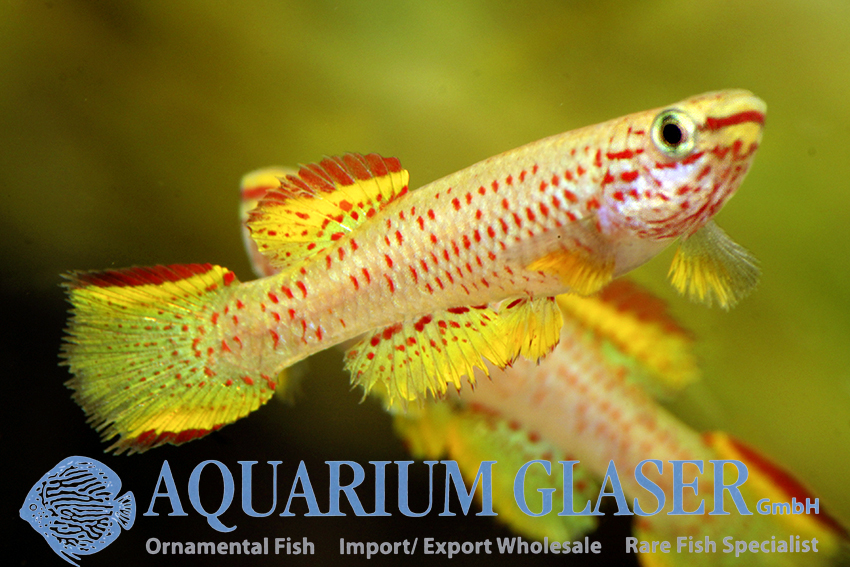The Funge is a river or, rather, estuary in southeastern Cameroon in the district of Ndian. The Funge is less than 40 km long and is part of a system of coastal marshlands whose best known outlet is the Rio del Rey. This in turn is in contact with the Cross River drainage, which forms the border between Cameroon and Nigeria. From this wild, beautiful and internationally protected landscape comes the population of the killifish Aphyosemion bivittatum, which we present to you here. Of course the fish we can offer are, as almost always with Killifishes, captive bred specimens.
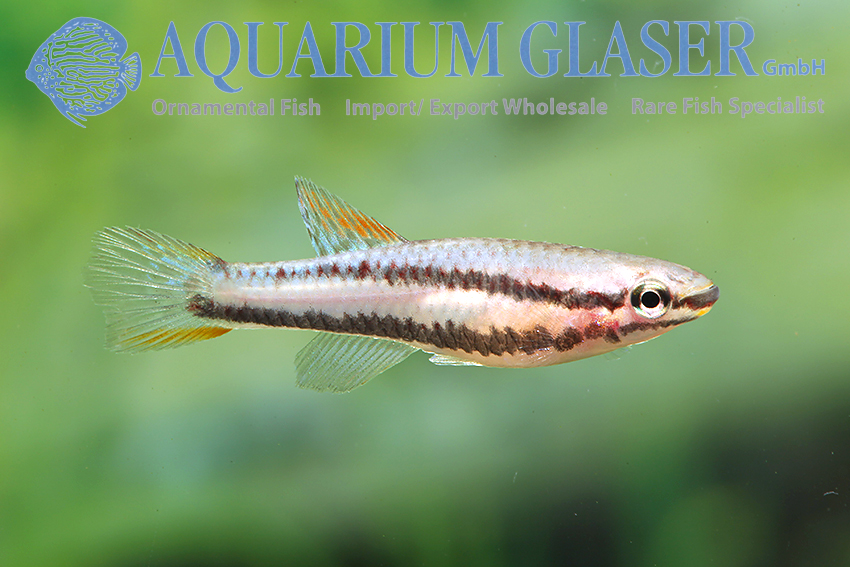
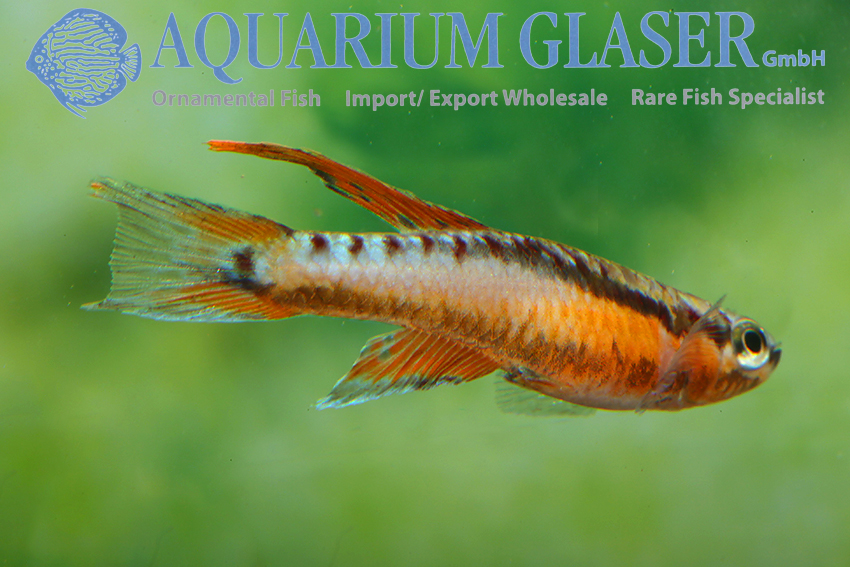
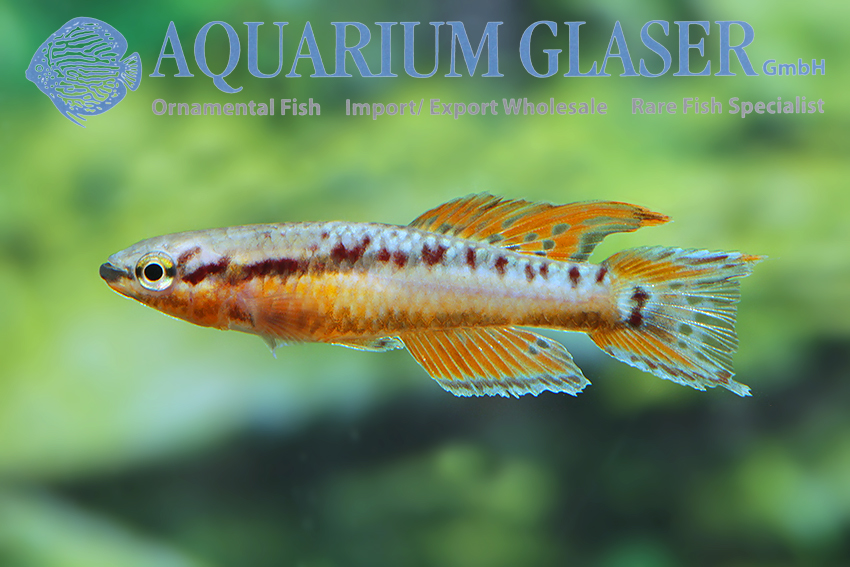
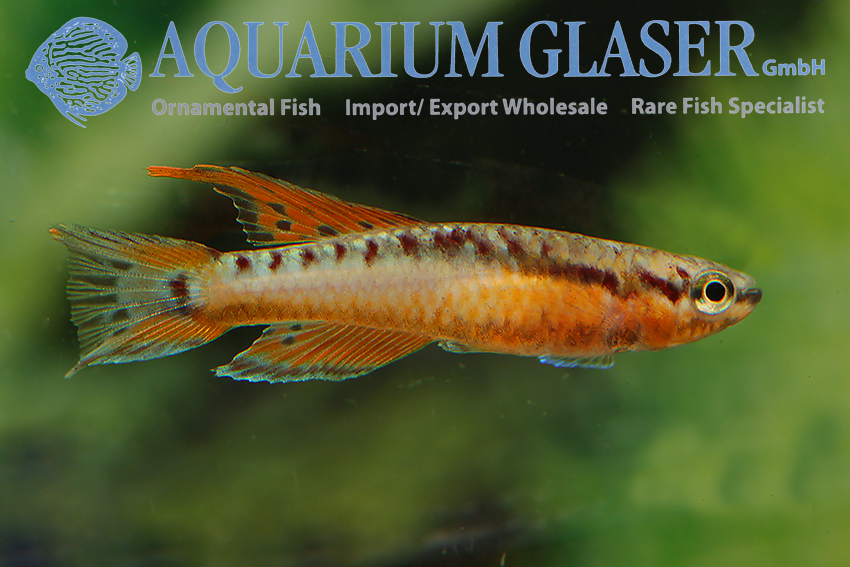
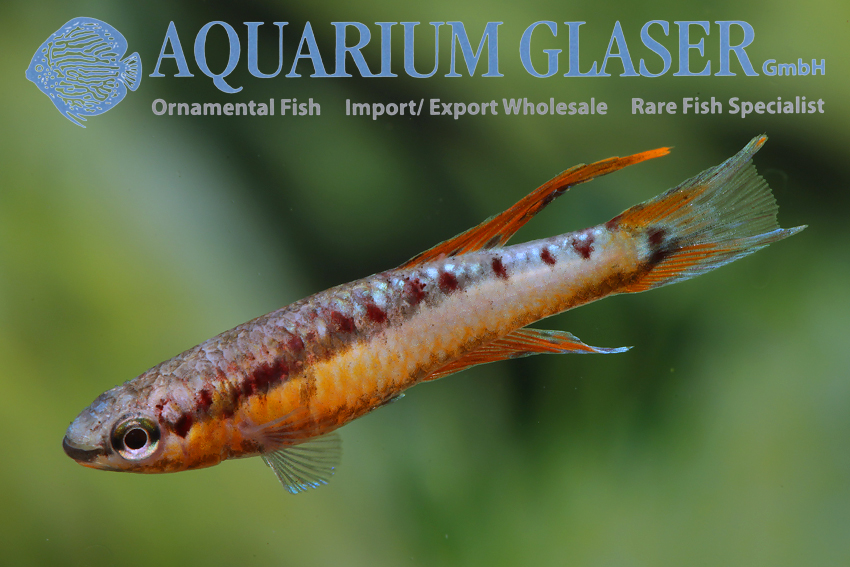
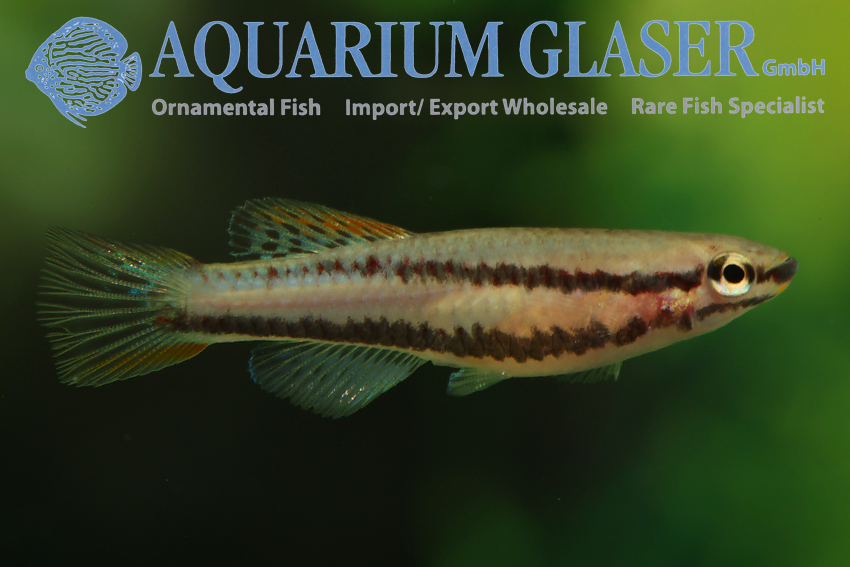
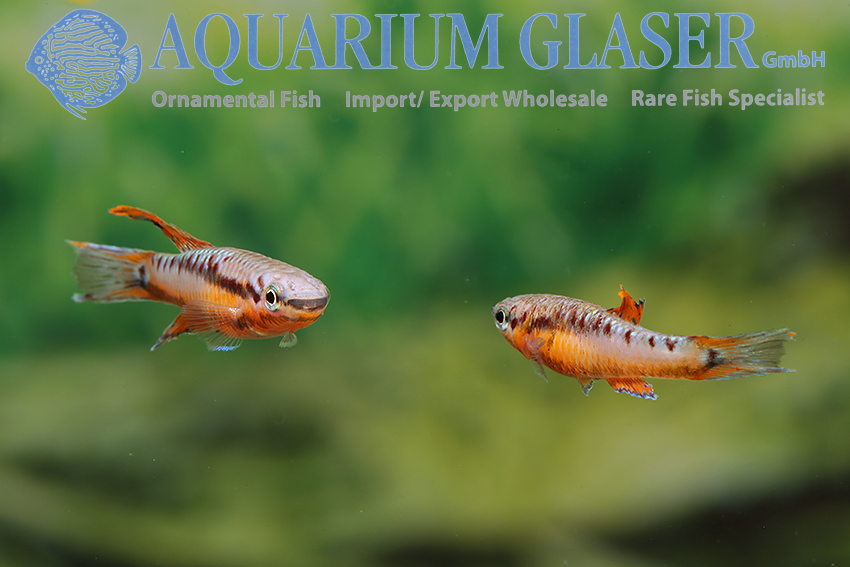
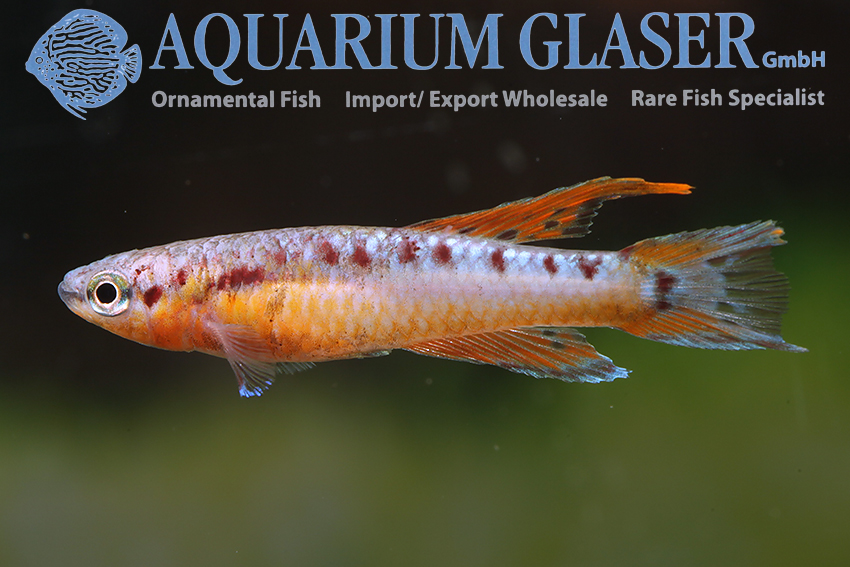
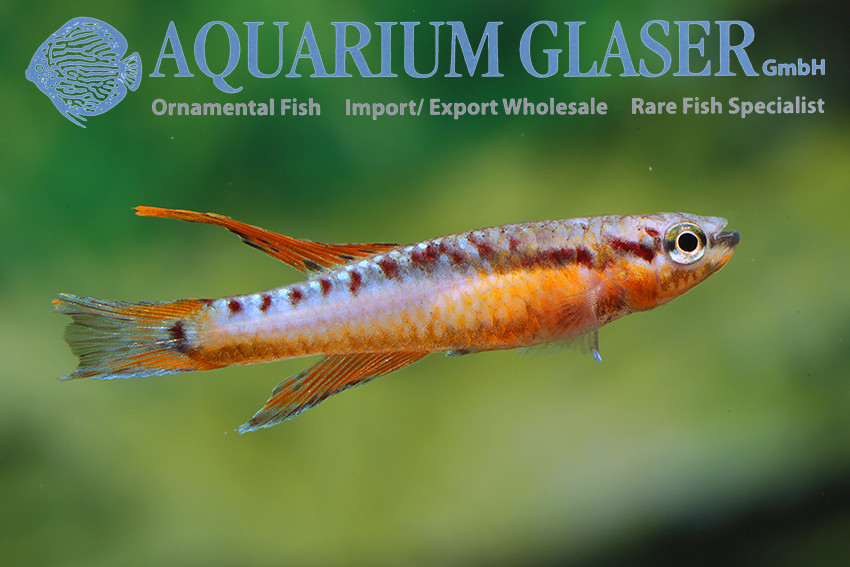
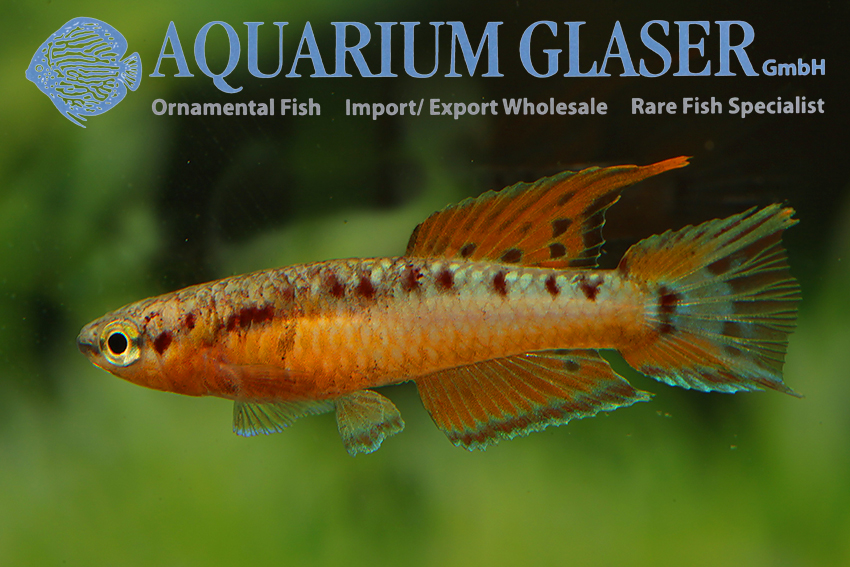
Aphyosemion bivittatum belongs to a well defined Aphyosemion group, for which the name Chromaphyosemion is available and preferred within the killifish community. However, scientists concerned with killifish systematics consider it premature to separate some groups from the larger genus Aphyosemion without an overall revision. That is why Chromaphyosemion is currently listed only as a subgenus.
Chromaphyosemion are wonderful beginner killifishes, as they can definitely be kept in community aquariums with calm small fish. Their life expectancy is as high as of other small fish species, so they are not seasonal fish. Usually such animals become 2-3 years old. Aphyosemion bivittatum is an adhesive spawner that lays its eggs on fine-grained plants, roots, etc. The eggs take about 14 days to develop. Since Aphyosemion bivittatum is considered to be exceptionally voracious, this species will also sometimes eat its own spawn, which is otherwise uncommon in killies.
For our customers: The species has code 305512 on our stock list. Please note that we only supply wholesale.
Text & photos: Frank Schäfer





